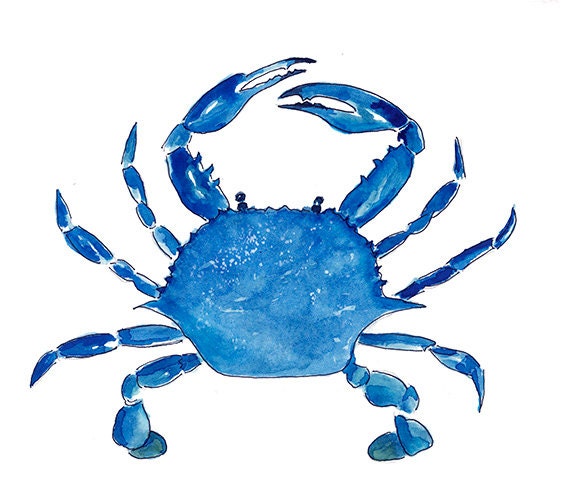


Urged on by watermen and seafood businesses, Maryland officials say they want federal funds to help shift the state’s fishing industry from chasing after declining numbers of native fish to catching more of the nonnative invasive species. Watermen and scientists alike fear they are not only consuming significant numbers of native fish but depriving them of food and habitat.

The invaders have grown so numerous and large - the record catch in Maryland weighed more than 100 pounds - that they are the dominant fish species in some rivers. “The sheer number of important species that these fish are preying upon is a big concern of ours.” “We’re seeing this issue with American eels, with yellow perch, with white perch,” said Josh Kurtz, Maryland’s natural resources secretary. But the chief culprit he cited was blue catfish, which many believe are responsible for declining abundance and catches in recent years of blue crabs, striped bass and other commercially valuable fish.īlue catfish are voracious eaters, downing everything from underwater grasses to juvenile crabs and smaller finfish. Moore said the state needs help responding to an “explosion” in the numbers of invasive nonnative fish in the Bay and its tributaries, including flathead catfish and northern snakeheads.
#Chesapeake bay blue crab full
Rocky Rice, left and his mate Brent Murphy empty of fyke net full of blue catfish in the Potomac River. Commerce Secretary Gina Raimondo to declare a fishery disaster in the state, authorizing it to receive federal funds to help burdened watermen and seafood businesses. Throughout the survey, biologists use dredge equipment to capture, measure, record and release blue crabs at 1,500 sites throughout the Chesapeake Bay from December through March.Complaints like Malczewski’s helped spur Maryland Gov. We're usually on the same page with our counterparts at the Virginia and the Potomac River Fisheries Commission," Luisi said. "We have a very good relationship with our management partners in the Chesapeake Bay. The Winter Dredge Survey has been conducted cooperatively by the department and the Virginia Institute of Marine Science since 1990, and the results are reviewed annually in an effort to have consistent management efforts across the jurisdictions. Will they find balance in blue crab domain? More on invasive species: Shrimp are migrating to Maryland waters. “This year’s survey follows two consecutive years of declines in the coverage of underwater grasses, one of the most important habitats for blue crabs in the Chesapeake Bay It is like," Moore said.Īccording to the environmental organization, water quality issues are also being exacerbated by invasive species like the blue catfish. These reduced abundances highlight the need to continue to protect adult females in order help ensure better numbers in the future, he said. He also said that although juvenile population estimates can vary greatly from year to year, the 2022 results are the third year of below-average numbers in this segment of the population. "The continued low abundance of juveniles and adult males indicates the urgent need for action to protect these segments of the population.” “The results of this year’s survey continue a worrying trend for blue crabs in the Chesapeake Bay region," Moore said. More on rising prices for crabs: Here's why your Chesapeake Bay blue crab feast may be more expensive this summer More on Bay cleanup efforts: $238 million earmarked to restore the Chesapeake Bay. They might be limited to their harvest and we may adjust the season, but that has yet to be determined," Luisi said.Ĭhris Moore, senior regional ecosystem scientist for the Chesapeake Bay Foundation, decried the trend as sign that not enough is being done to improve the bay's ecosystem. "There are possible changes for the industry coming. Nonetheless, results showed there were 28 million adult male crabs, which is the lowest adult male abundance on record.Īmong the often overlooked factors to a healthy yield of blue crab is healthy Bay grass for juvenile crabs that has seen a decline over the past three years. There are environmental conditions and the changing climate among the number of factors," Michael Luisi, acting director of Fishing and Boating Services for the Maryland Department of Natural Resources. "The causes of some of these issues are outside our control as managers. The number of spawning age female crabs has been above the management amount of 72.5 million crabs for eight consecutive years and at a level capable of producing a strong year class. The department noted Chesapeake Bay jurisdictions have maintained harvest of blue crabs at safe levels established in the last stock assessment since 2008.


 0 kommentar(er)
0 kommentar(er)
